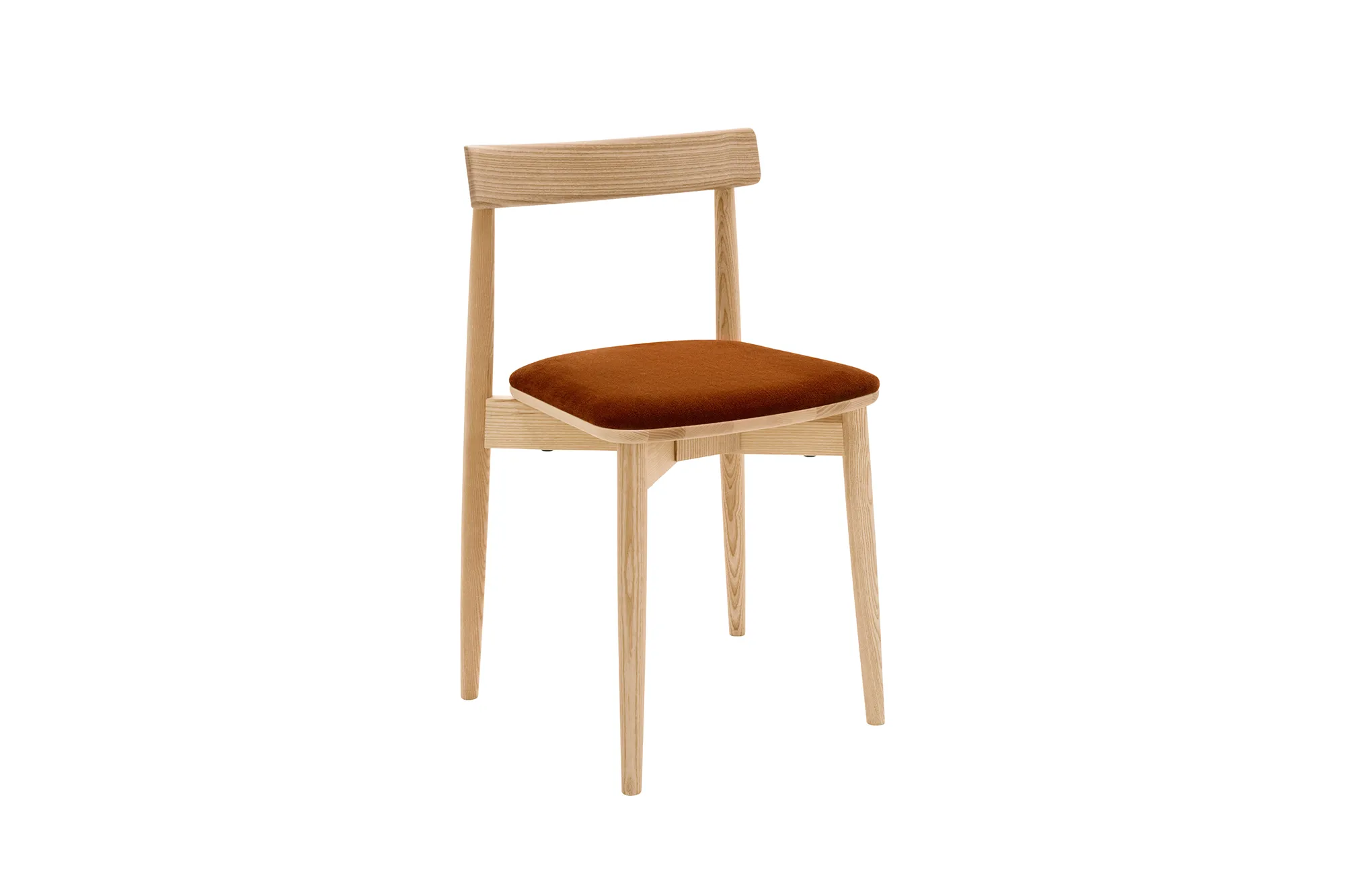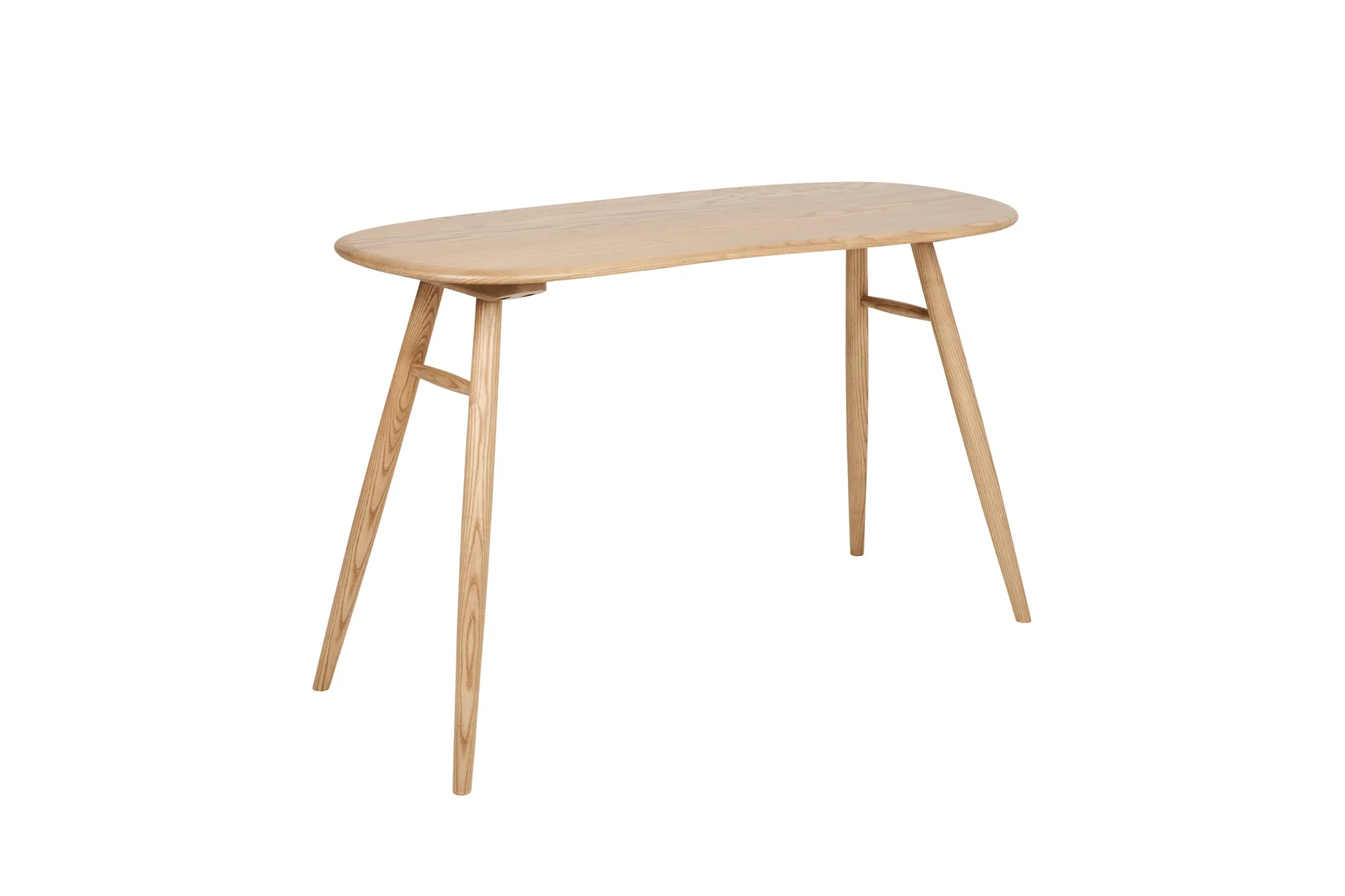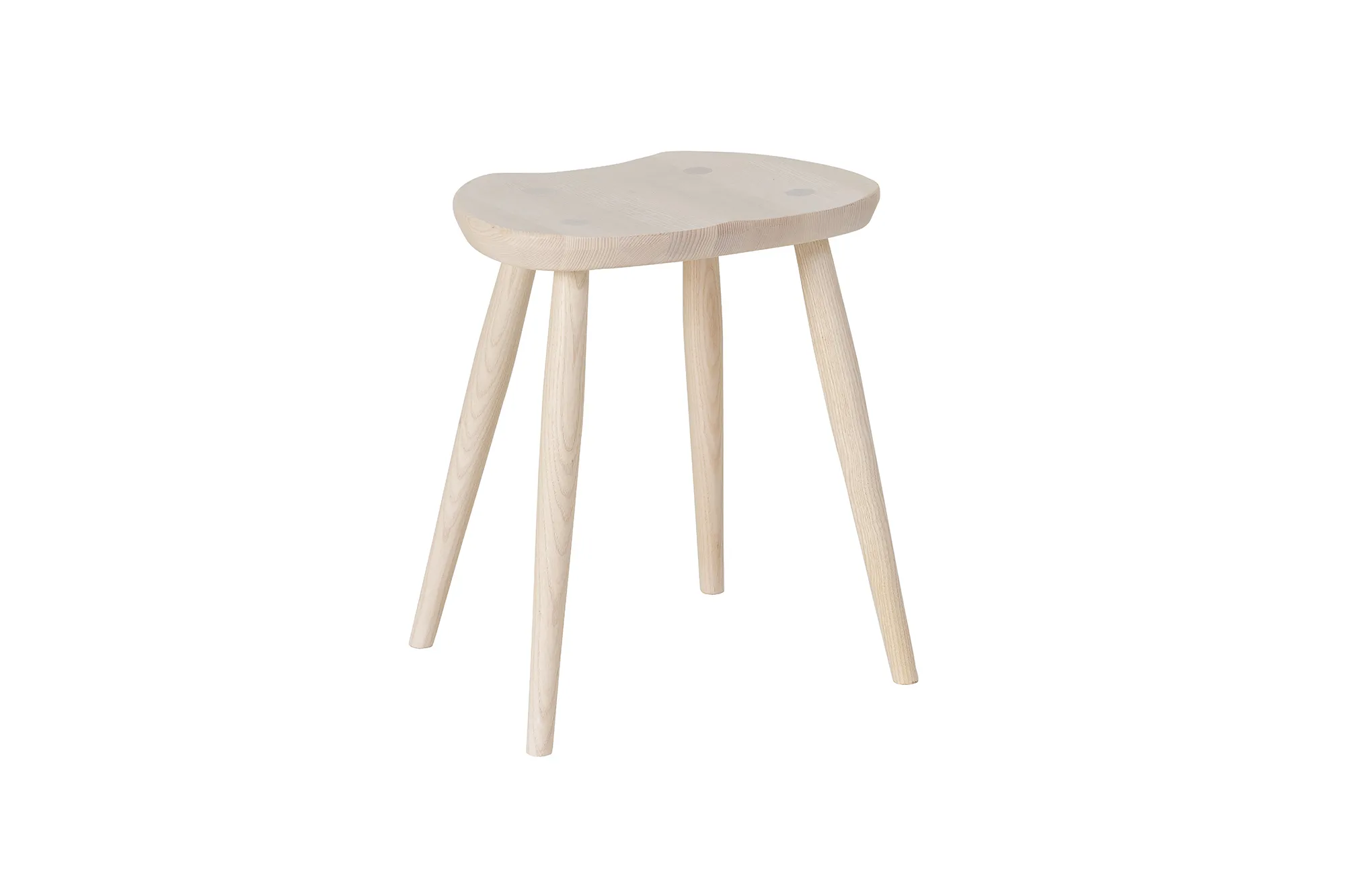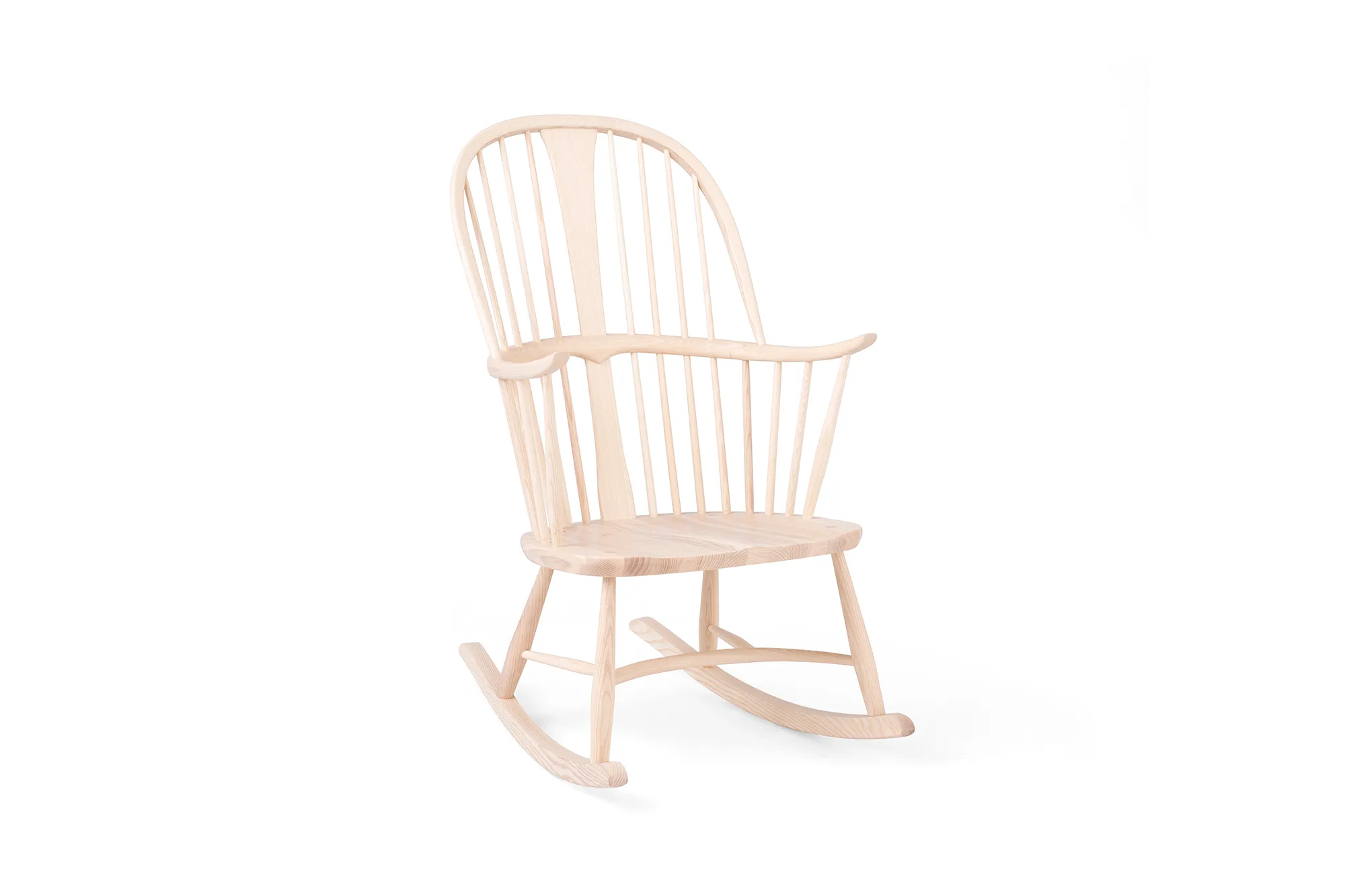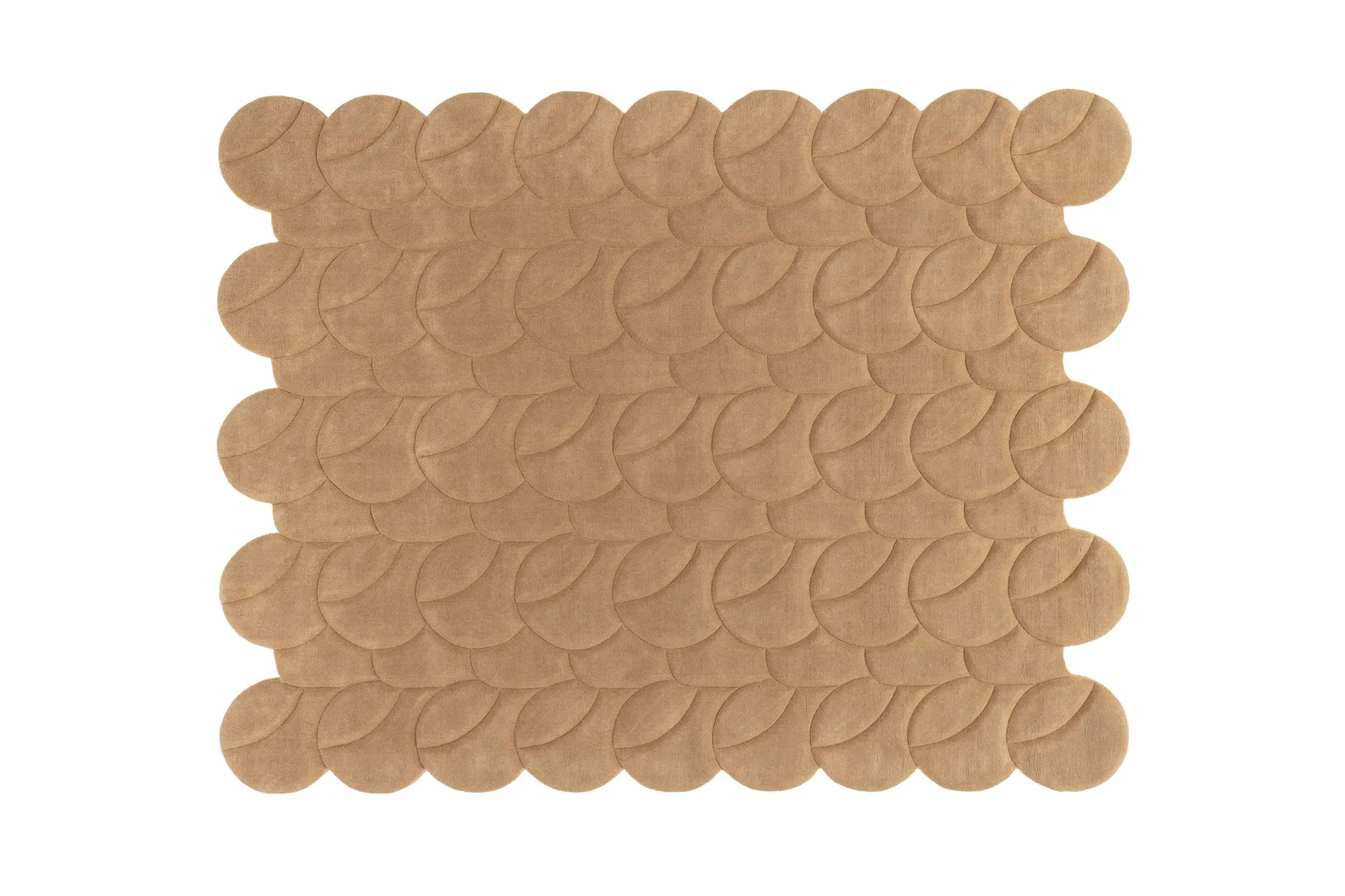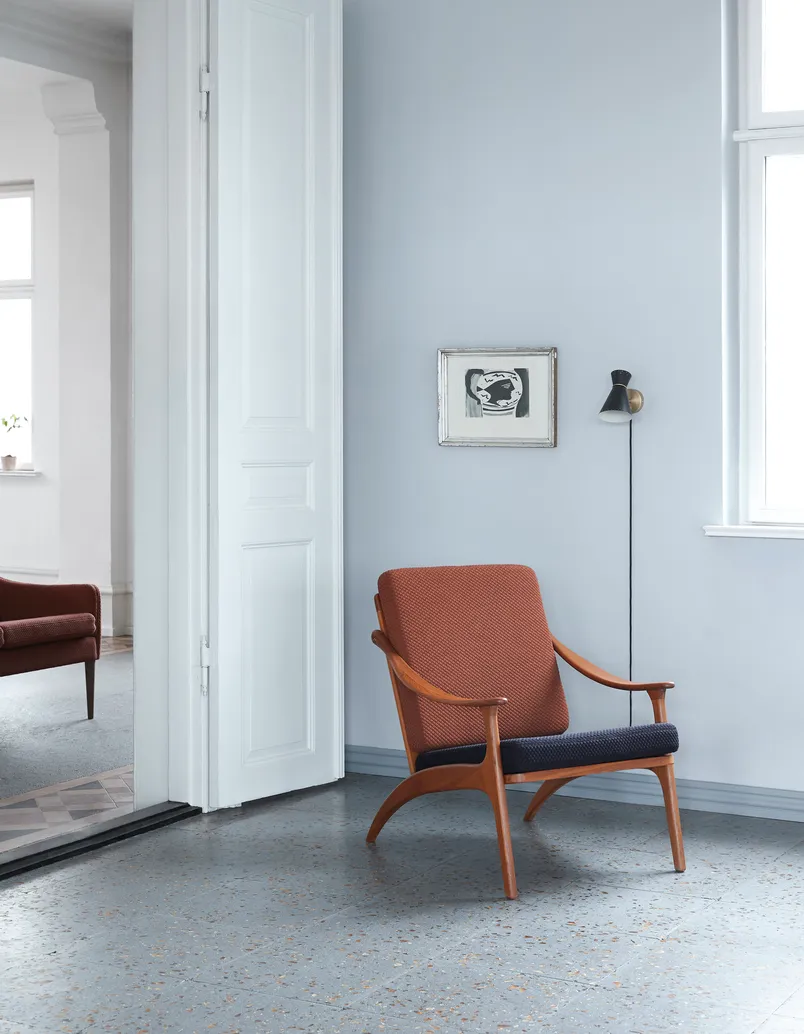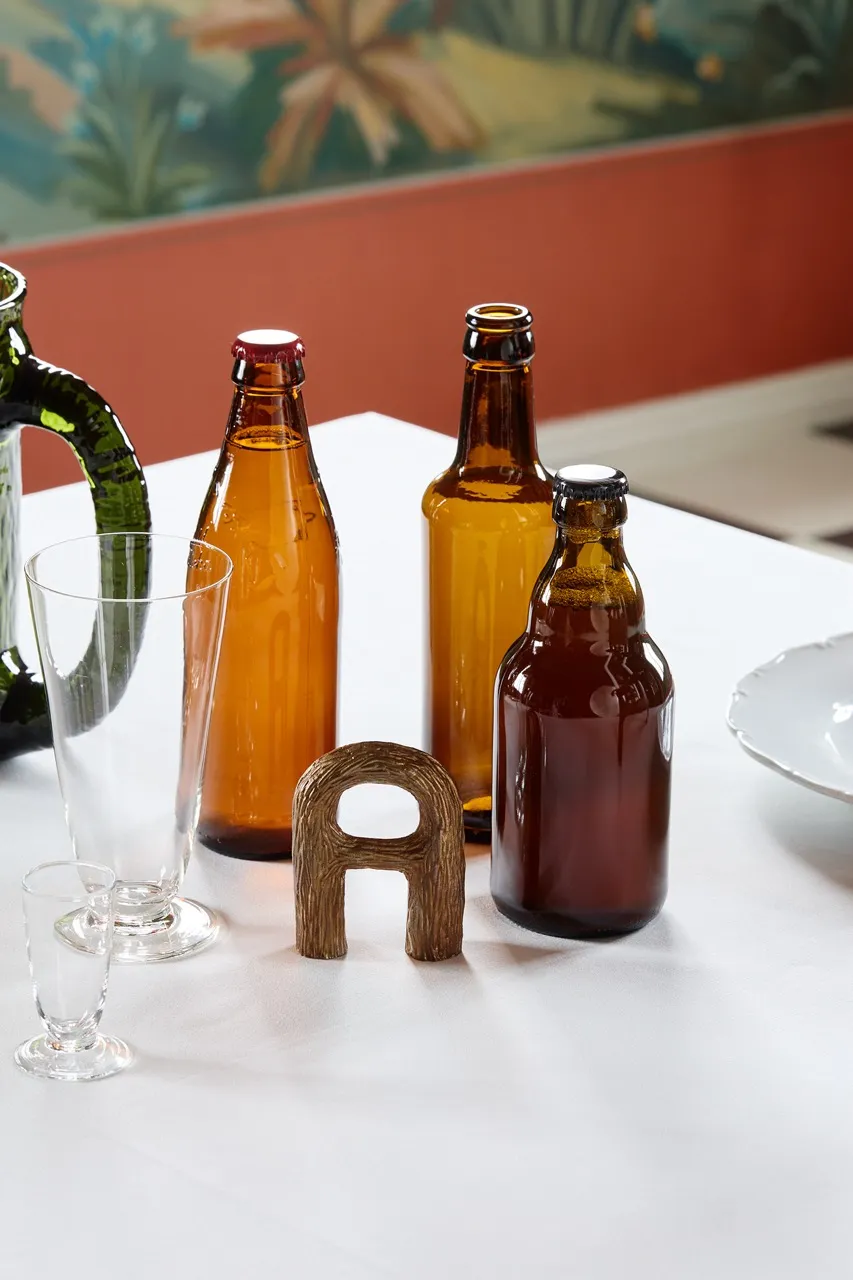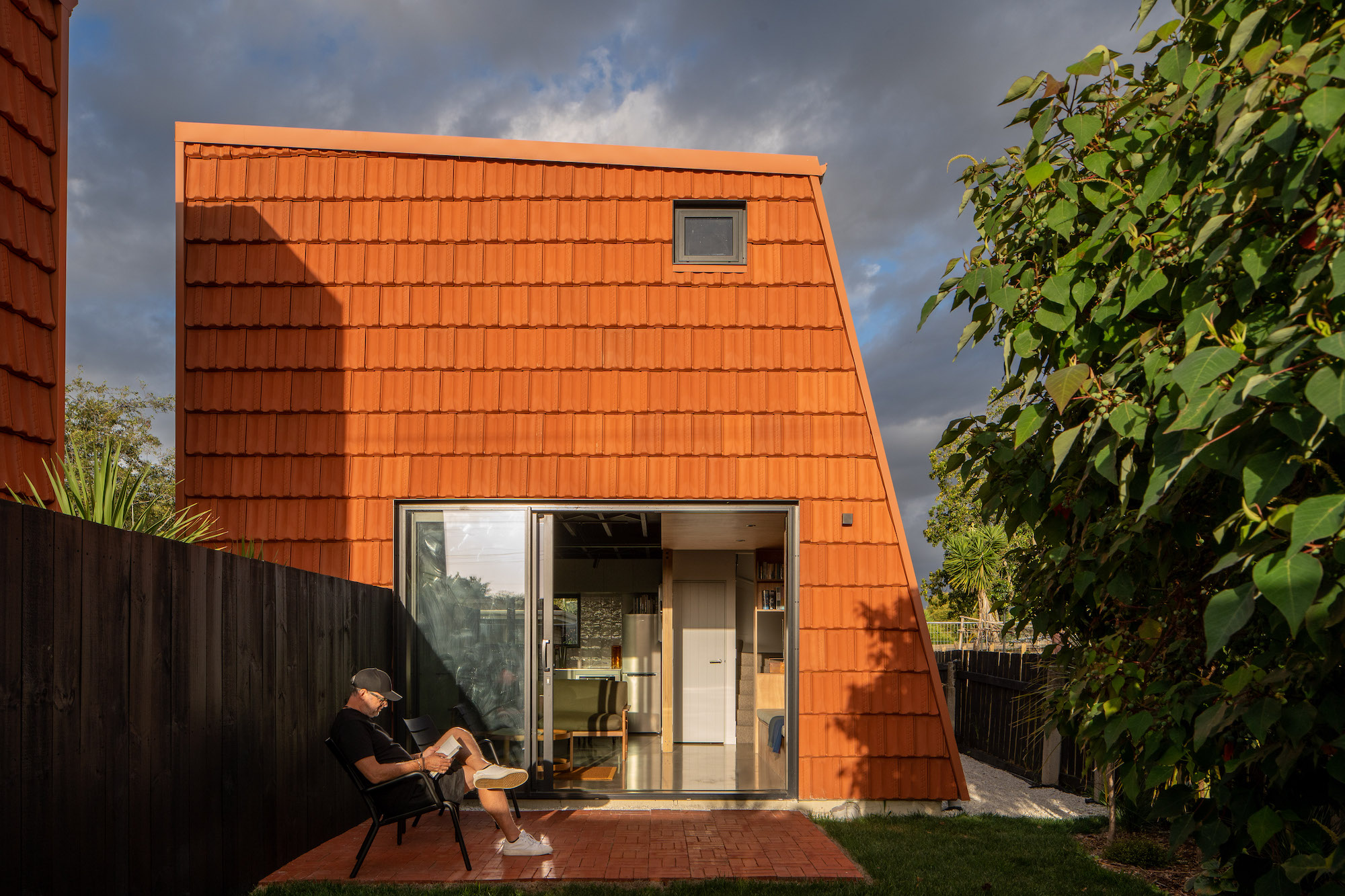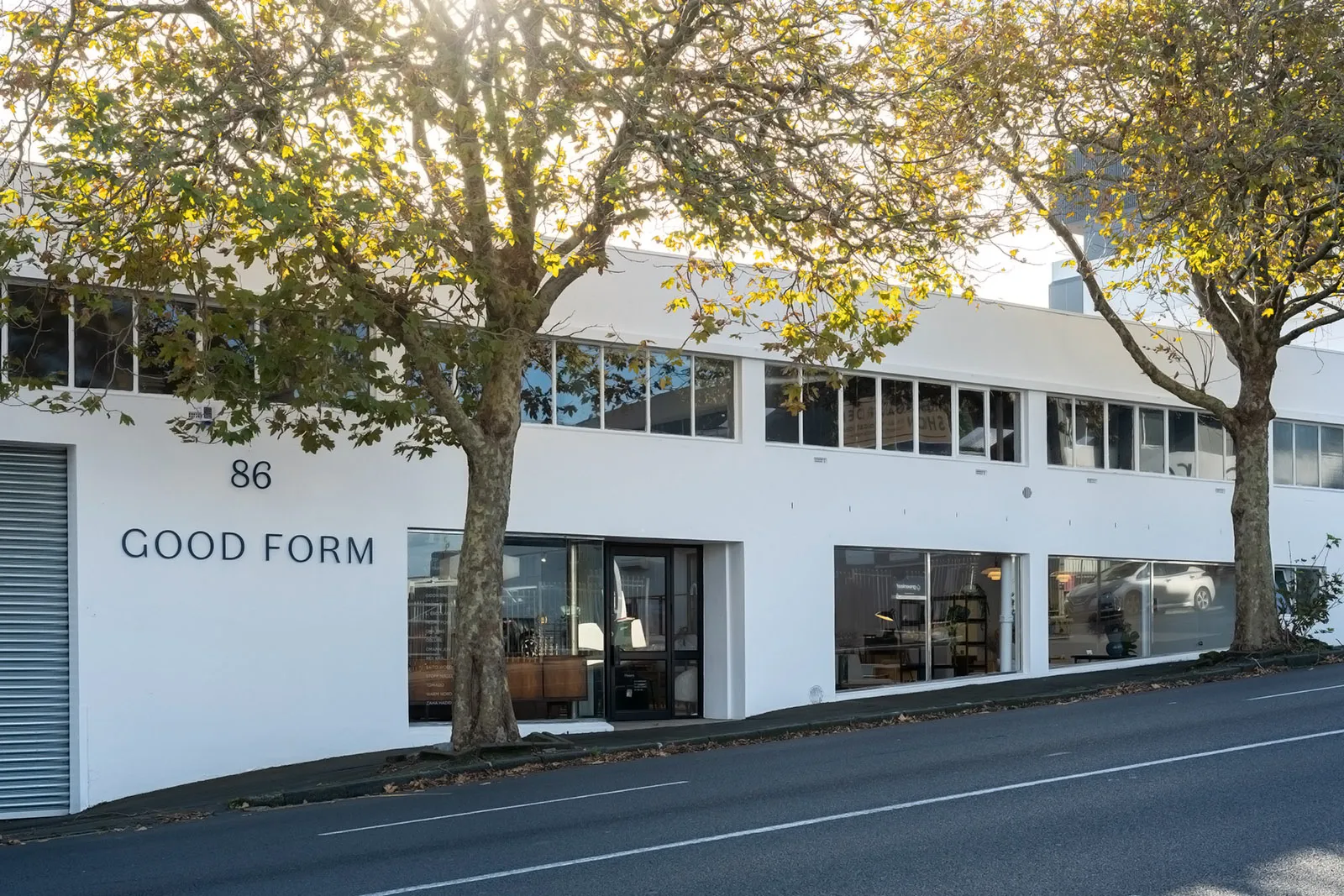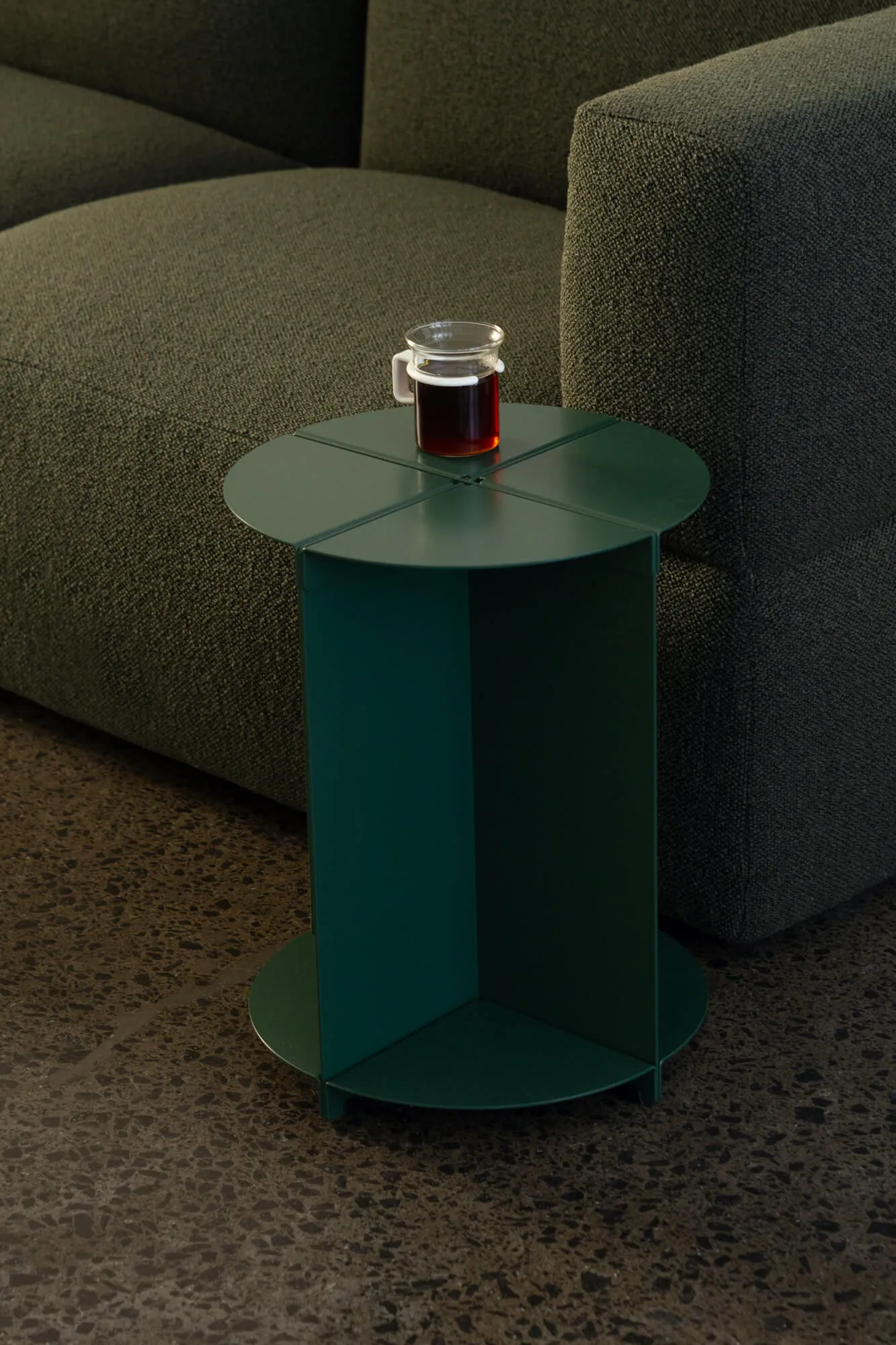Ercol Lara Chairs seat the congregation at St Peters College Chapel
Image Credit: Stevens Lawson Architects
The simple, light filled worship and communal space reminds us of the work of Japanese minimalist architect Tadao Ando. Bold, angular forms in white with inviting timber details to the interior create a soft, contemporary environment.
Electric blue carpet offers a vibrant frame to the elements above it – pale ash timber chairs, marble and brass elements. Finishing touches like the subtle, textural use of materials – laid timber panelling and delicate marble tiles to create a negative floor detail – adds depth and character along with a reminder of the simplicity of nature.
The mastery of this building is the repeated, angular geometric window shapes and exterior forms. These create intelligent openings as well as a versatile reading of the space as light shifts direction and illuminates the room in new ways.
The architecture is one of noble simplicity, forward looking, but deeply respecting Catholic traditions.
Stevens Lawson Architects wanted a chair that would compliment the principles and values that guided the architecture of the building, that of noble simplicity.
The Lara chair, designed by Dylan Freeth for Ercol, features clean lines and a refined lightness that was perfect for the project.
Designed in 2016 for the demands of hospitality, the Lara Chair by Ercol brings the brand’s century-honed woodworking to contemporary dining. Founded in 1920 by Lucian R Ercolani in High Wycombe, Ercol is celebrated for refined craftsmanship that balances utility and beauty. The Lara’s balanced, unassuming silhouette slips effortlessly into domestic and commercial settings and stacks neatly after service, maximizing space without compromising poise.
Its steam-bent backrest and subtle crafted details flow into a dished seat that offers reassuring comfort, keeping attention on food and company. Award-winning designer Dylan Freeth champions a people-and-production ethos, creating quiet, durable, engaging furniture. His Design Guild Mark recognition for work with Ercol underscores the technical clarity evident in Lara, suited to urban cafes, fine-dining restaurants and intimate bistros.

The most potent and recognised symbol of Christianity is the cross. A symbol of atonement, it provides hope and inspiration to the faithful. The Chapel of St. Peter presents a confident and identifiable cross to its most public face signifying the buildings purpose, while providing a public message of God’s love and our salvation.
The vertical element of the cross is extended into and across the roof to present itself as an inverted cross taking on a highly personalised meaning to St Peter’s College. This gesture only becomes apparent from within the chapel and as such forms a strong connection to Saint Peter, giving the interior experience an elevated depth of meaning and theological reading.
To the right of the main space is the Blessed Sacrament Chapel
Image Credit: Stevens Lawson Architects
Triangular skylights illuminate private niches inside the Chapel
Image Credit: Stevens Lawson Architects
It is a building that purposefully identifies itself as being different from the surrounding buildings. It is special. This is sacred architecture.
A tall triangular spire supports a simple cruciform
Image Credit: Stevens Lawson Architects
From within the College grounds the building presents another face, one of humility and purpose. Low, long and inviting, the Gathering space connects with the assembly courtyard; The Chapel providing the backdrop for morning assembly overlooked by the figure of Saint Peter.
It is a building that purposefully identifies itself as being different from the surrounding buildings. It is special. This is sacred architecture.
St Peters College Chapel, a view at dusk
Image Credit: Stevens Lawson Architects
The spatial energy of the interior form is directed toward the Altar and the Cross beyond; in effect towards the light.
.avif)

